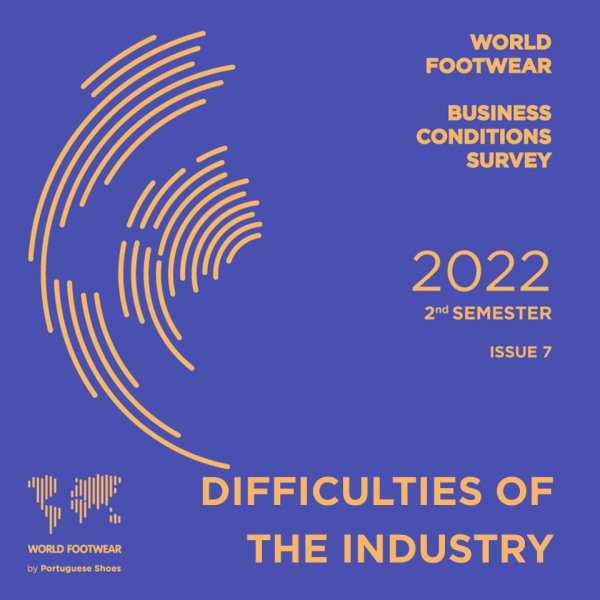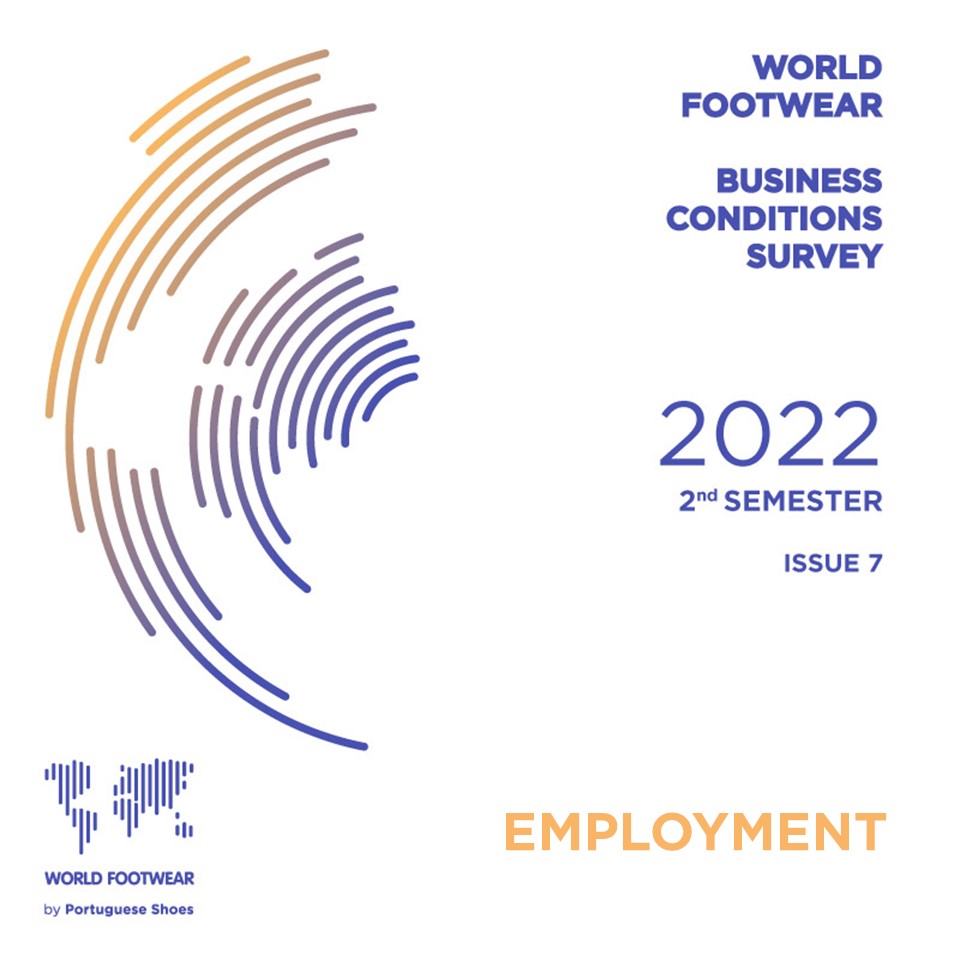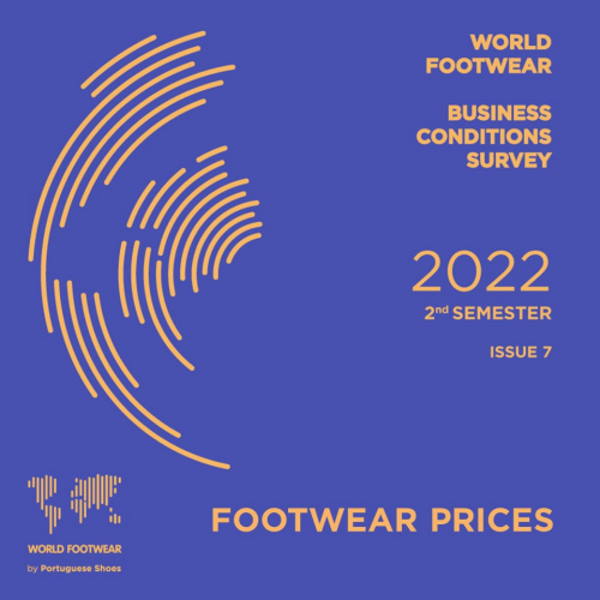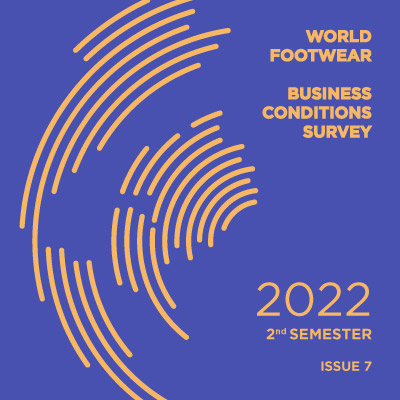Register to continue reading for free
Caution rises as we step into 2023

Following the slump caused by the COVID-19 pandemic, in 2021, most fashion brands and retailers equalled or even exceeded their pre-pandemic performances. But 2022 will hardly be a forgettable year: the world’s inflation hit levels not seen since the early 80s, leading to a sharp hike in interest rates, Russia’s ceased to be a viable market for Western brands after its invasion of Ukraine on the 24th of February, and China’s economy slowed down due to the country’s zero COVID-19 policy. And yet, despite the worst projections, for the better part of the year, the fashion industry prevailed. Nevertheless, as we enter 2023 with a global recession still on the table, it is worth looking into the year-to-date results of some of the largest companies worldwide to understand the current situation
The BoF-McKinsey State of Fashion 2023 Survey estimates a global fashion sales growth of 5% to 10% for luxury, while a negative 2% to a positive 3% trajectory for the rest of the industry in 2023, with the “dichotomies that previously defined the fashion business” expected to return. The report points out that “beyond the differences between luxury and players from other segments, regional differences will be pronounced”. The US economy is slowing down, but is expected to be more robust than other major global economies, while the future of the Chinese economy, dependent on the reinstatement of strict COVID-19-related measures, is harder to predict; meanwhile, Europe suffers from the impact of the energy crisis and from the weakened euro against a strong US dollar. This scenario is already noticeable in the year-to-date results of some of the largest companies worldwide.
Luxury might have faced major challenges in 2022, mainly from the return of strict COVID-19-related measures in China and the outbreak of war in Ukraine, but sales have never been stronger, with French conglomerates taking the lead. According to the 21st edition of the Bain & Company report with Altagamma, the Italian luxury goods manufacturers' industry association, “the global luxury goods market took a further leap forward during 2022, despite highly uncertain economic and consumer market conditions” and “remains poised to see further expansion next year, and for the rest of the decade to 2030, even in the face of present economic turbulence”. It all depends on whether companies will take advantage of the opportunities arising from the green transition and the progression towards a circular economic model, suggests Deloitte.
Retail, however, is showing that supply chains remain under pressure, with inventory levels at the top of the concerns for most companies. “The bull case in 2023 remains centred on clean post-holiday inventory levels and margin visibility”, wrote Wells Fargo retail analyst Ike Boruchow in a note published on the 21st of December. The retailers’ performance, alone, has been slowing down since the beginning of 2022 and the yearly results, expected in the coming months, will not equal the ones recorded in 2021. But sportswear giants such as Nike and adidas are also feeling the pinch of the inventory excess.
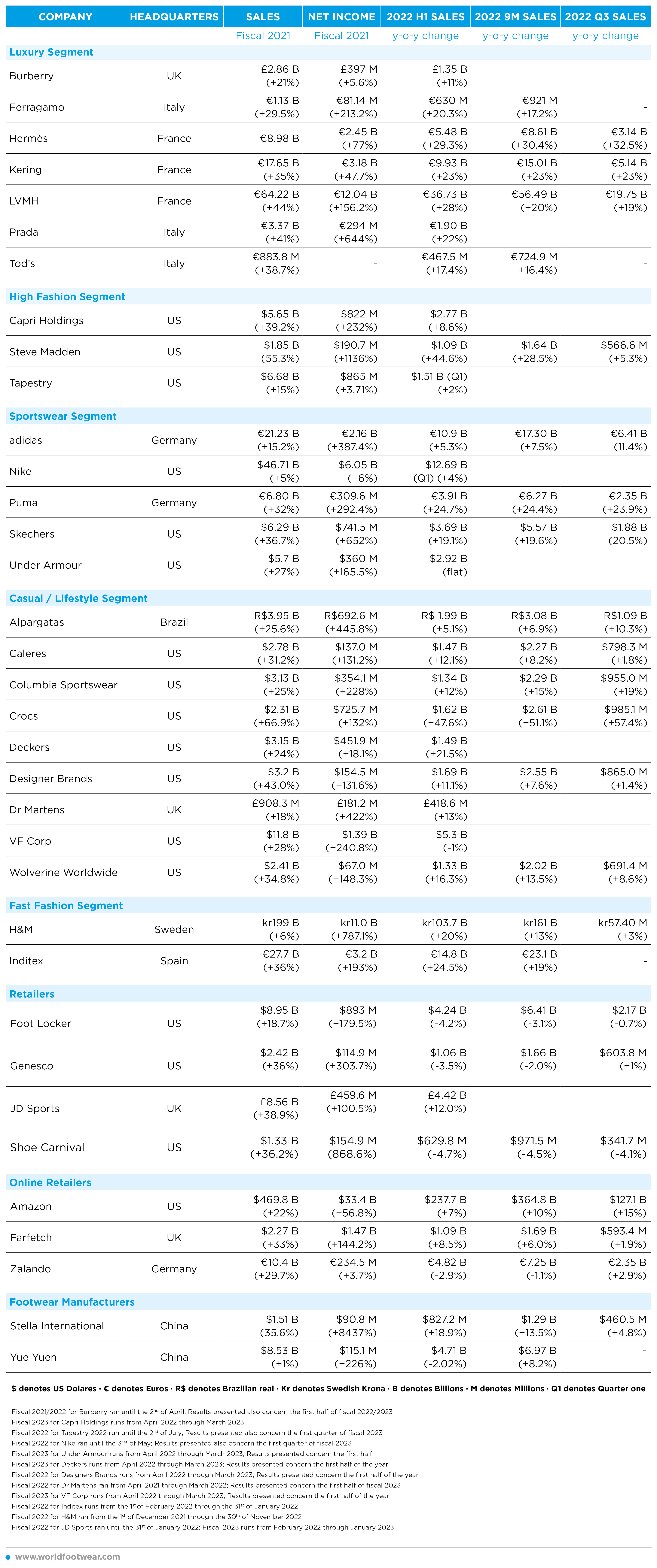
Meanwhile, e-commerce growth has also clearly normalized after its pandemic boom, and shoppers are showing that despite conferring worth to online channels, they also want brick-and-mortar experiences, confirming omnichannel as a definitive trend for the future.
At last, from the first nine months of 2022, it is also possible to see how regional differences are playing again a significant part across different segments, with companies like Capri Holdings, Tapestry, Farfetch, Nike and adidas reporting so far losses in China.
Despite this, overall, results for the end of the year will greatly depend on the economic environment, especially household incomes. As Business of Fashion sums up, “while higher-income households will be less affected by economic pressures and look likely to continue shopping for luxury goods, as in previous downturns, lower-income households will likely cut back or even eliminate discretionary spending, including apparel”.
Image credits: Drew Beamer (Unsplash)



